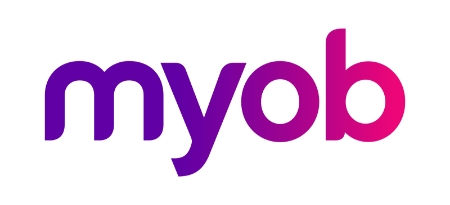With just over a week to go before Christmas, the level of activity in a workplace hits fever pitch. Christmas parties, team lunches, celebratory dinners, milestone meetings – you name it. How do you balance this with ongoing work and tasks that need to be completed?
In an office environment, the workload might start to level out before a holiday shutdown. In a retail or hospitality scenario, the workload is likely to expand exponentially before any kind of reprieve. Through it all, it’s important to pace yourself and take precautions to avoid burnout.
While everyday stress is normal, and in many cases productive, burnout is a state of complete emotional, mental and physical exhaustion. It happens when a person experiences intense stress for a prolonged period. Adding the personal stressors of numerous social functions, the expectation to buy gifts and dealing with family to the weight of a year of work can be a recipe for disaster.
Here are five ways you can avoid Christmas burnout.
Share your plan with your staff so everyone is on the same page.Delegate tasks where appropriate and encourage a team effort to get everyone through.
Revisit the plan daily to make sure you’re on track.
If you have too much work to get through, politely declining an invitation is perfectly acceptable. If you frame it in terms of making sure you’re meeting your customers’ needs, and heartily wishing the inviter a happy holiday period, there’s little chance of ruffling any feathers.
Use a meal time as a reason to leave your desk or your shop (with a ‘back in 10 mins’ sign at the door) to nourish yourself, get some fresh air and stretch your legs.
Temping agencies provide all sorts of solutions for a lot of different industries and can be a good short term fix.
Through it all, remember that this time of year is supposed to be about joy. Whatever your feelings are about Christmas or the holiday period, having an extra laugh or two can’t hurt. Take notice of the unexpected moments that make you smile, and use those opportunities to connect with your staff, your coworkers or your customers.
Source: MYOB The Pulse







